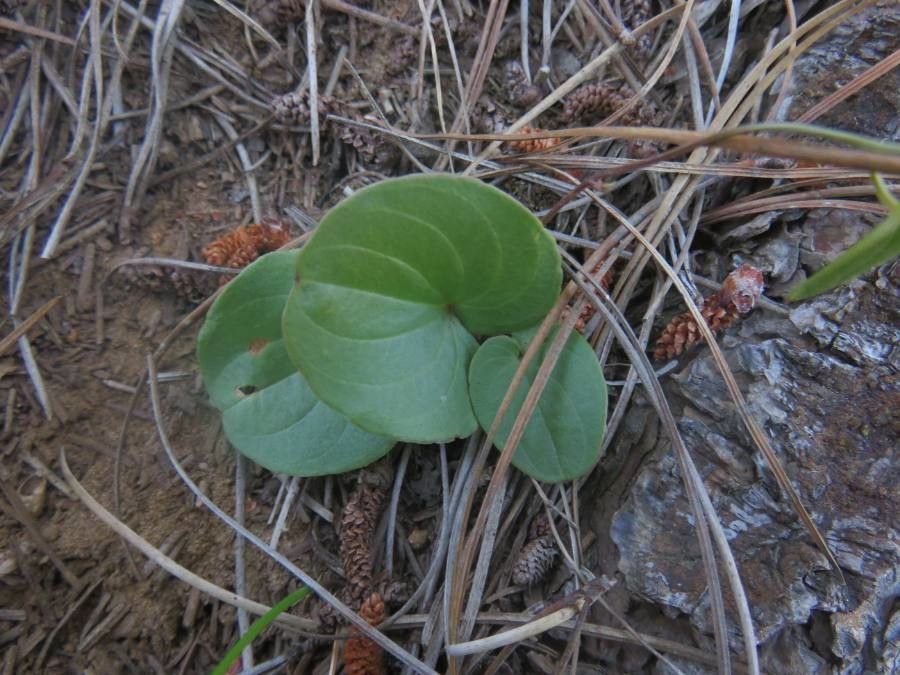Propagating Dioscorea humifusa: A Gardener’s Guide to the Chinese Yam
Dioscorea humifusa, also known as Chinese yam or Japanese yam, is a vigorous, climbing vine prized for its edible tubers and attractive foliage. Its heart-shaped leaves and ability to quickly cover trellises or fences make it a popular choice among gardeners, although its aggressive growth habit requires careful consideration. Unique to this species is its relatively high tolerance of shade, making it suitable for a wider range of garden conditions than some other yam varieties. Propagating Dioscorea humifusa can be challenging, but the rewards – a bountiful harvest and a thriving, beautiful vine – are well worth the effort.
Seed Germination:
Currently, there are no known reliable methods for seed germination propagation of Dioscorea humifusa. While the plant does produce seeds, their viability is extremely low, and successful germination rates are practically nonexistent under typical horticultural conditions. This is likely due to complex dormancy requirements and the plant’s preference for vegetative propagation.
Cuttings:
Cuttings offer a relatively successful method for propagating Dioscorea humifusa.
Challenges: While relatively straightforward, success depends on selecting healthy stems and providing optimal conditions for root development. The cuttings can be susceptible to fungal diseases if not properly treated.
Practical Tips: Take stem cuttings of approximately 6-8 inches in length, ensuring each cutting includes at least two nodes. Remove lower leaves to prevent rot. Dip the cut ends in rooting hormone to encourage root formation. Plant cuttings in a well-draining potting mix kept consistently moist but not waterlogged. High humidity, provided by a propagator or plastic bag, will significantly improve success rates. A bottom heat mat can also speed up root development.
- Rewards: Cuttings offer a relatively quick method for propagating multiple plants from a single mother plant, preserving desirable genetic traits. This method is ideal for smaller-scale propagation.
Division:
Division of established tubers is the most reliable and widely used method for propagating Dioscorea humifusa.
Challenges: This method requires a mature, well-established plant with substantial tuber growth. Care must be taken to avoid damaging the tubers during the division process.
Practical Tips: Carefully dig up the entire plant in late autumn or early spring, after the vines have died back. Divide the tubers, ensuring each section has at least one actively growing bud or “eye.” Replant the divisions immediately, ensuring each section is planted deep enough to avoid desiccation.
- Rewards: Division allows for rapid multiplication, providing a quick way to increase the number of your plants. Each division, being a clone, retains the parent plant’s characteristics.
Tissue Culture:
While possible, tissue culture propagation of Dioscorea humifusa is typically reserved for large-scale commercial operations or research purposes.
Challenges: This method requires specialized equipment, a sterile environment, and expertise in plant tissue culture techniques. The setup and maintenance costs can be prohibitive for home gardeners.
Practical Tips: This method requires a highly controlled environment and specialized nutrient media. It involves isolating and culturing small plant tissues (explants) on agar plates containing plant hormones to stimulate growth and multiplication.
- Rewards: Tissue culture provides the highest potential for large-scale propagation and disease-free plants. Genetic uniformity across the produced plants is ensured. However, it requires significant expertise and equipment.
Conclusion:
Propagating Dioscorea humifusa presents unique challenges across all methods. While seed germination is unreliable, cuttings and division both provide viable options for home gardeners, with division offering the highest success rate. Tissue culture, though technically feasible, remains primarily a commercial approach. The satisfaction of successfully nurturing a new plant from a cutting or tuber division is especially rewarding once you overcome the initial hurdles. Don’t be discouraged by initial setbacks – the persistence required ultimately yields a delicious harvest and a visually stunning addition to any garden. Remember patience, attention to detail, and the right approach are key components to success.


